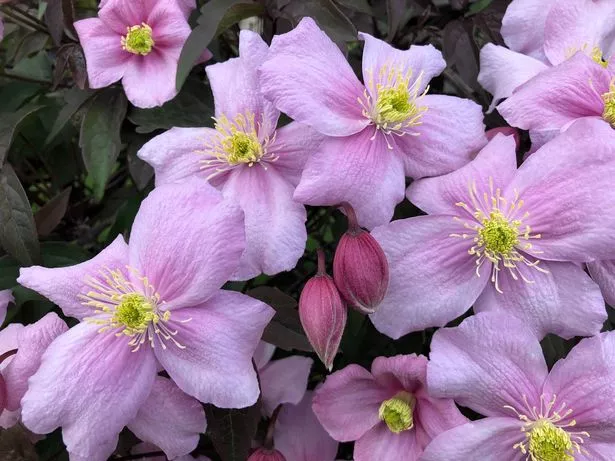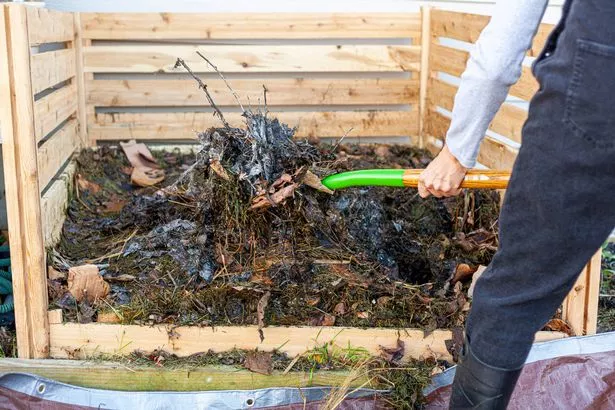Clematis flowers are known for their large, open petals and come in a variety of colors. To ensure yours are in top condition next year, gardening expert Monty Don has a simple tip to follow. Clematis flowers are really popular in the gardening world, but can use a little help, says an expert (Image: Getty Images/iStockphoto)
Clematis flowers are really popular in the gardening world, but can use a little help, says an expert (Image: Getty Images/iStockphoto)
Gardeners are raring to go and ready to get outside, and in some cases, planting may take some advance planning, says one expert. Clematis flowers, with their striking open tapered petals, are a sight to behold. To ensure even more spectacular blooms next year, gardening guru Monty Don has one key tip.
Originally from Japan and China, these bloom-laden climbers have won hearts worldwide. With over 350 different types of clematis flowers globally, the range spans from the delicate alpine clematis to the unusual, furry old man’s beard.
Many clematis varieties thrive in the UK, requiring either full or partial sun – though they may not flower as abundantly in shadier locations. They also prefer nutrient-rich soil, reports the Mirror UK.
READ MORE: Ivanka Trump makes ‘desperate’ move that could start ‘new battle’ with MelaniaREAD MORE: Cancer warning issued over popular cooking oil that is ‘poisoning’ Americans
Classified as perennial plants, clematis return year after year. However, this doesn’t mean they don’t need some extra care.
One of the top ways to give your clematis a leg up is to spread compost over the soil. Compost typically contains a beneficial mix of nutrients like nitrogen, potassium, and phosphorus, which are essential for plant growth.
 Clematis are a climbing plant, but in order to have healthy and happy flowers, it starts with the soil(Image: Getty Images)
Clematis are a climbing plant, but in order to have healthy and happy flowers, it starts with the soil(Image: Getty Images)
In his blog, Monty shares: “The secret of making it reasonable quickly is to have a good mix of matter high in nitrogen (green) like grass clippings and drier material (brown) that is high in carbon and then to aerate it often by turning it.”
He further notes that this doesn’t have to be “a major operation”. He suggests that simply forking through the compost will help circulate air within it.
The primary goal is to oxygenate the compost heap, crucial for feeding the bacteria that break down organic matter and transform it into nutrient-rich compost.
Monty believes this process significantly enhances your garden’s soil with vital bacteria, fungi, and nutrients, referring to compost as “better than any product known to man.”
For those wondering what to add to their compost bin, kitchen waste is an excellent start. Everyday food remnants can be repurposed into effective fertilizer.
 Turning the compost will help with aeration, says expert (Image: Grandbrothers via Getty Images)
Turning the compost will help with aeration, says expert (Image: Grandbrothers via Getty Images)
Banana peels are a composting favorite, packed with potassium to foster plant growth and easily assimilated by plants once decomposed.
You should also consider gathering fallen leaves from your yard. Rich in carbon, these natural cast-offs are brimming with nourishment for your compost.
And here’s a quirky but useful tip: save pet hair!
Dog and cat fur might seem odd for composting, yet it’s loaded with nitrogen, making it wonderful plant food.
Sign up to our FREE newsletter and get the top stories to your inbox
DAILY NEWSLETTER: Sign up here to get the latest news and updates from the Mirror US straight to your inbox with our FREE newsletter.

